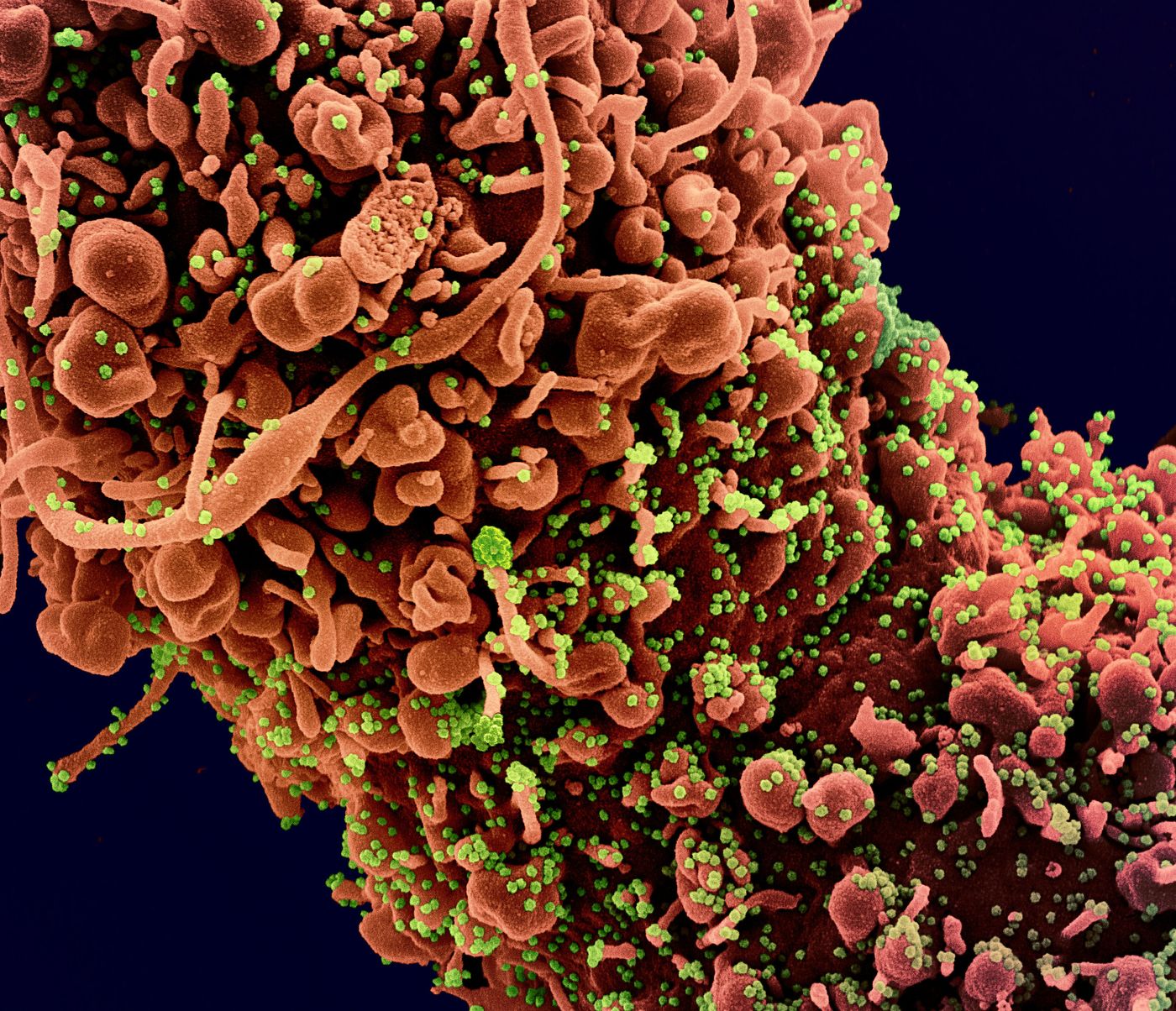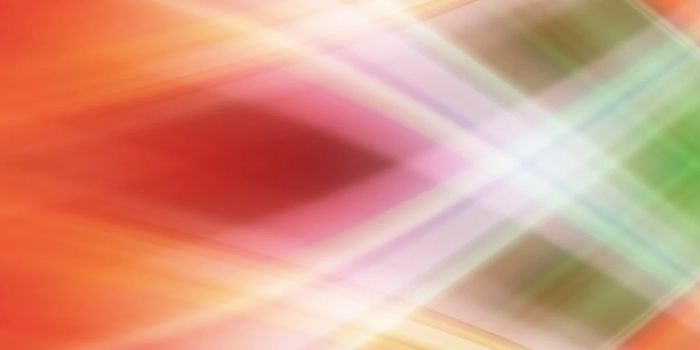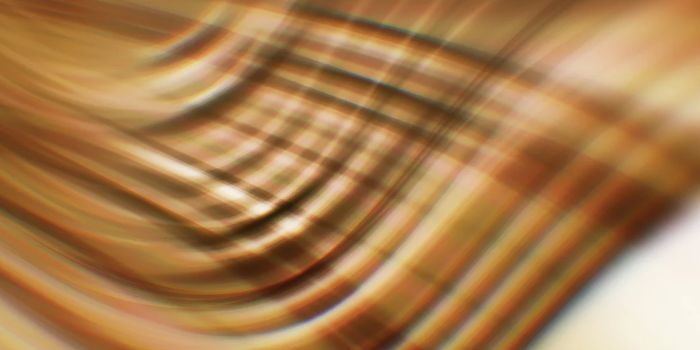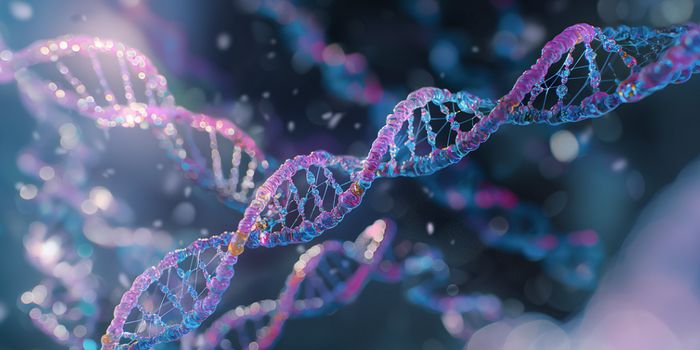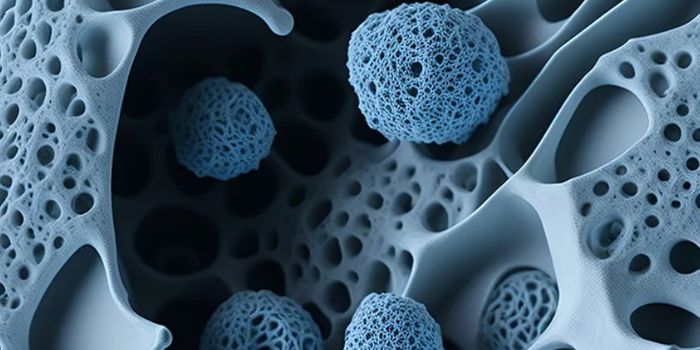A Human Protein Can Mutate SARS-CoV-2, But It Can Change Back
All over the world, the SARS-CoV-2 virus is under intense investigation by scientists, who are learning more about how infects people and the illness it causes, COVID-19. It's natural for genomes to acquire mutations as they proliferate, and one aspect of this research involves investigating how the SARS-CoV-2 genome might be mutating. Clinical samples that have been collected have enabled researchers to learn more about how the virus is changing it spreads through communities worldwide.
New work reported in Molecular Biology and Evolution has suggested that human proteins that attack the virus are also causing it to mutate as part of a defense strategy. Through natural selection, however, the virus has been able to change back. The work is outlined in the video.
In this work, the researchers assessed genomes from 15,000 samples of the virus collected around the globe. The SARS-CoV-2 virus has a genome made of RNA, so its genome is made up of the nucleotide bases C, G, A, and U.
"I have looked at mutational profiles for many organisms and they all show some sort of bias, but I've never seen one as strong and strange as this," said the senior study author Professor Laurence Hurst, Director of the Milner Centre for Evolution at the University of Bath.
They found that the U residues were mutating at a higher rate than the other bases. These mutations tended to create UU pairs in the sequence from CU and UC. A human protein called APOBEC is known to mutate viruses in this way. "It looks like mutation isn't random, but instead we are attacking the virus by mutating it," said Hurst.
The researchers wanted to understand the impact of these mutations. Their findings suggested that the virus was fighting these mutations. They used predictions to show that U should make up about 65 percent of residues, with 40 percent in UU pairs. In reality, however, the U content and UU pairs were actually far lower.
"This could be because the viruses that have too much U in them simply don't survive well enough to reproduce. We estimate that for every 10 mutations that we see, there are another six we never get to see because those mutant viruses are too poor at propagating," explained Hurst.
As viral genes are modified to increase their U content, they become less stable. There are also other human proteins that can attack U-rich viral sequences, so the mutations are probably disrupting SARS-CoV-2. These findings may help improve vaccine design by aiding in the creation of live but non-pathogenic, or attenuated viruses.
"Knowing what selection favors and disfavors in the virus is really helpful in understanding what an attenuated version should look like," said Hurst. "We suggest for example that increasing U content, as APOBEC does within our cells, would be a sensible strategy."
Sources: AAAS/Eurekalert! via University of Bath, Molecular Biology and Evolution
